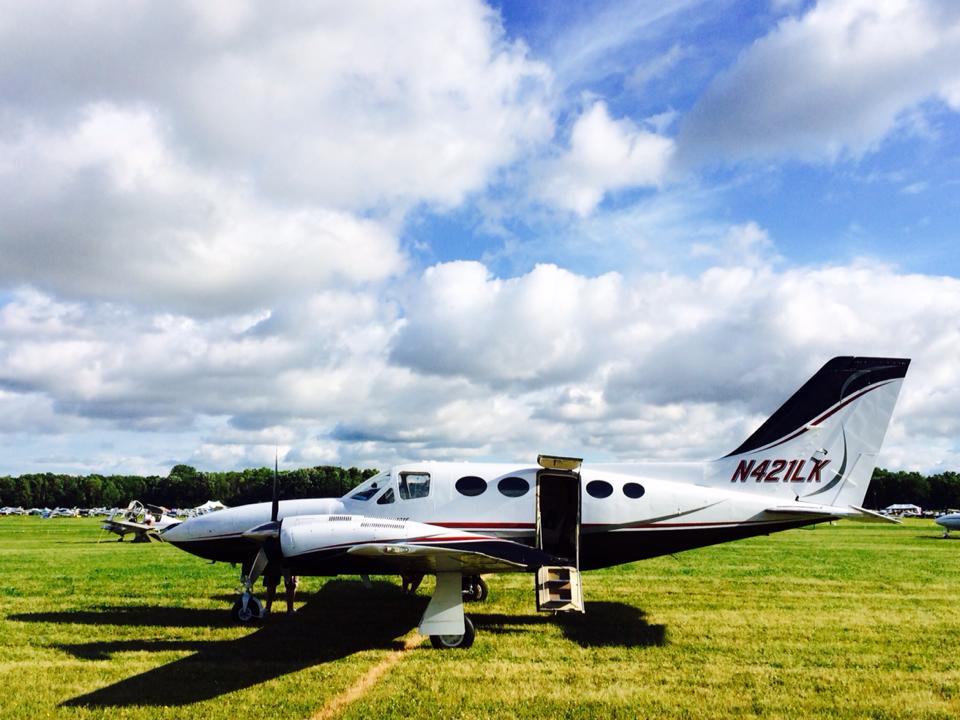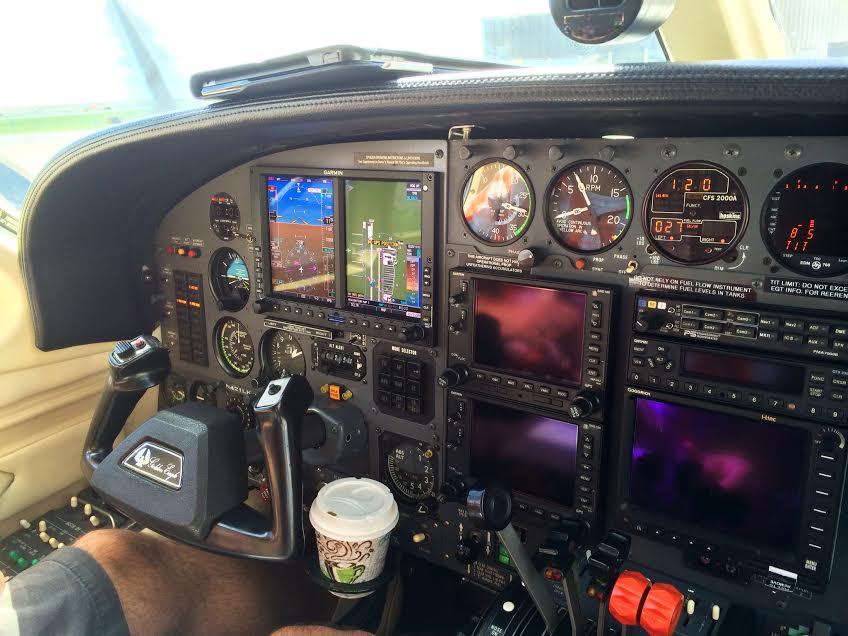I have been reading up a little bit on the Cessna 421. Just wondering if we have any pilots on here that have experience flying it. I have read that it can't go more than 3 or so trips without maintenance and the GTSIO-520's are tricky engines. What the reason behind this?
Thanks!
Thanks!



